Gold Mining Impacts on the Osa Peninsula Costa Rica
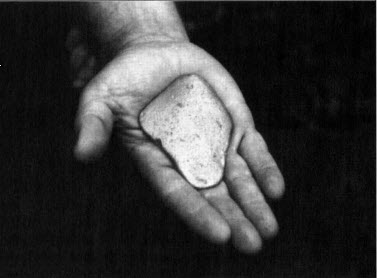
The Osa Peninsula sits on the southern Pacific Coast of Costa Rica. National Geographic named this area one of the most biologically intense places on earth. On the western shore of the Peninsula is Drake Bay, where you can head out to visit Corcovado National Park, a region where gold flowed down rivers that sustained […]
A Peoples History Of Hunting In Costa Rica

Anyone who has spent time deep in the rainforest knows the complex and sometimes personal stories of the hunters or poachers. It is often easy to label, all hunters as villains. We must first put ourselves in these people’s shoes and understand that each event is typically separate from one another. Visiting and spending time […]
Amos Bien – The Man Responsible for Eco-Tourism in Costa Rica
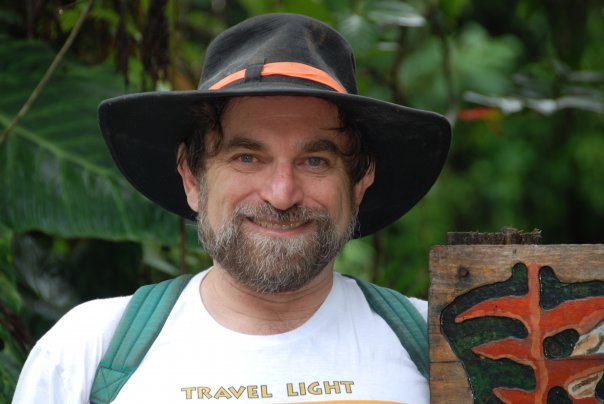
[February 2, 1951 – November 19, 2017] Amos Bien may have been born in New York City, but his heart seems to have come alive in Costa Rica. This love affair began as a graduate student working on his thesis back in 1979, and the relationship grew over the four decades while finding ways to […]
Rara Avis-Impact On Rainforest Conservation

As one of the first ecolodges to have been created in the world, the Rara Avis project started back in 1983. Founded by Amos Bien, his inspiration to create this private rainforest reserve came from his experience working at a biological station in the Sarapiqui region of Costa Rica (1). It was here he would […]
The Extinction of the Harpy Eagle (Harpia harpyia) in Costa Rica
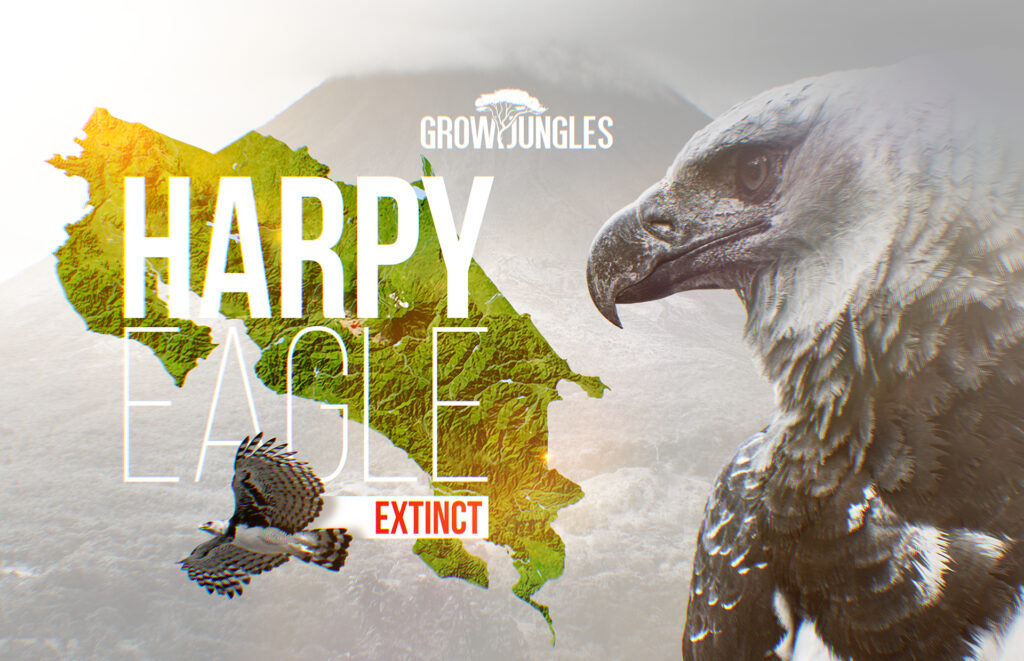
As stated in early Greek mythology, the conquistadors settlers saw the harpy as a “frightful, flying creature with hooked beak and claws.” For many tribes deep in the rainforest, the harpy is believed to be an embodiment of tribal chiefs, a symbol of willingness and bravery. Fact File Habitat: Harpy Eagles inhabit an extensive range of areas, […]
The Extinction of the Giant Anteater (Myrmecophaga tridactyla) in Costa Rica
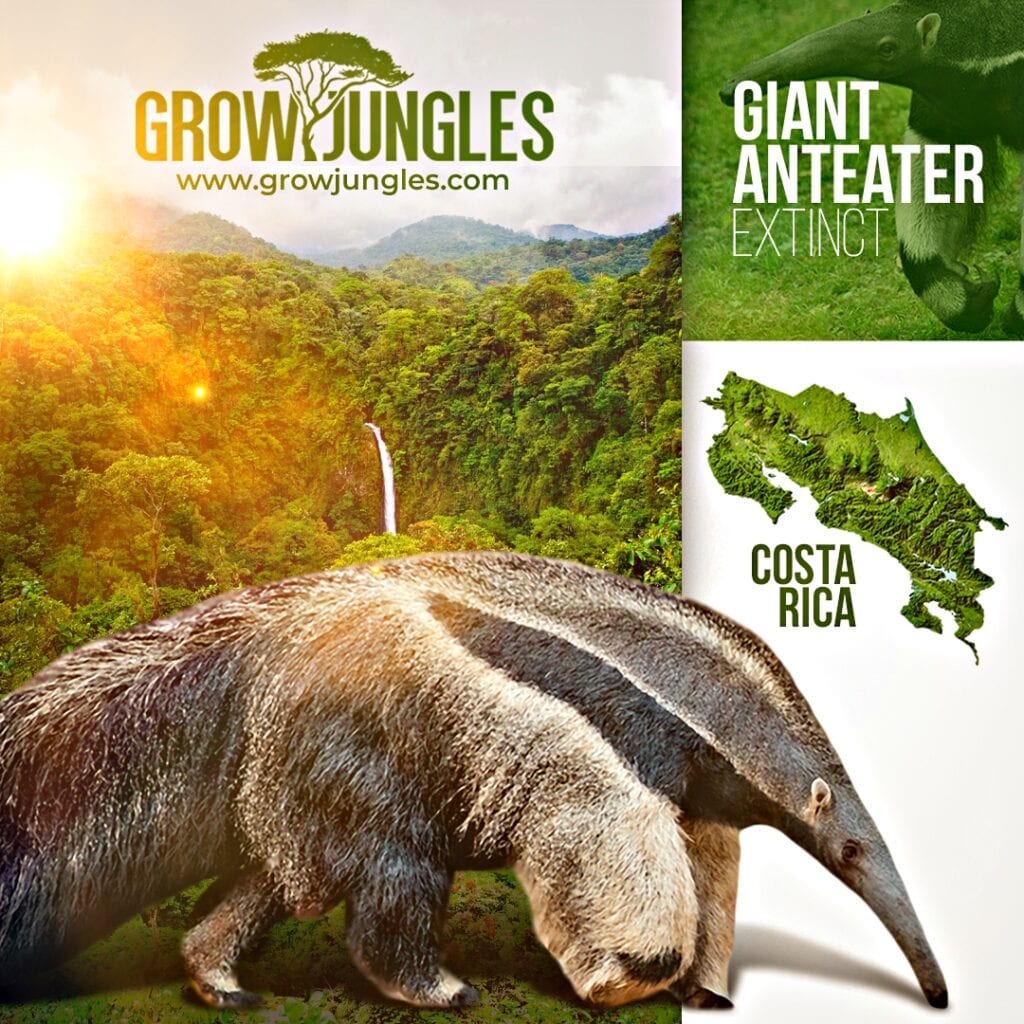
Distribution: The global distribution of the giant anteater (Myrmecophaga tridactyla) is endemic throughout South and Central America, but absent from North America (1). They can be found inhabiting a diverse range of native habitats, including grasslands, savannas and both humid and dry forests. They also have shown a presence in agricultural landscapes, including pasturelands, managed forests, and sugarcane fields. […]
Ecological Diversity And Its Role In Nature
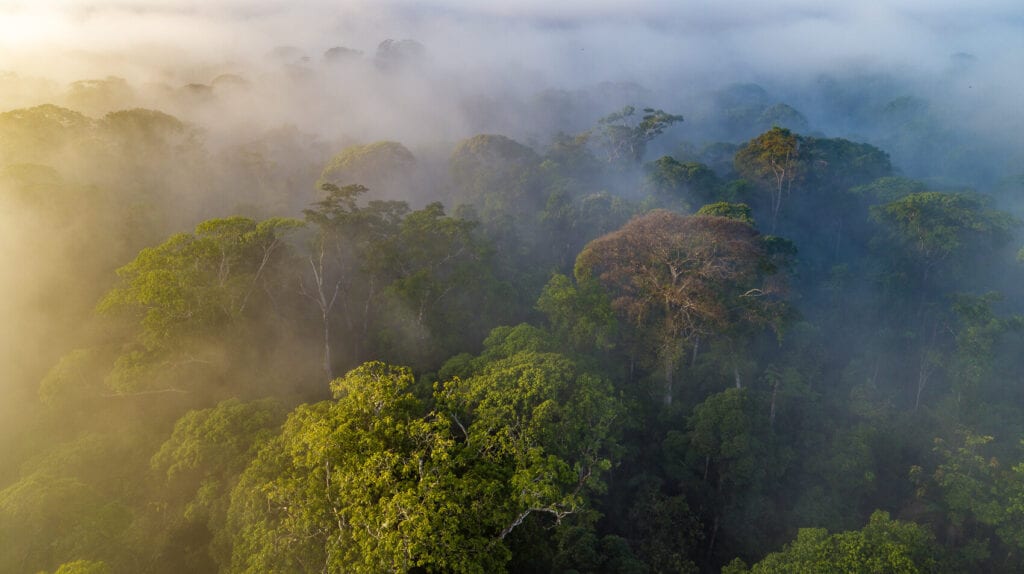
An introduction to the ecological hierarchy Populations Communities Ecosystem Biome Biosphere What is ecological diversity? Ecological diversity is the largest scale of biodiversity. On a global scale, ecological diversity would look into the variation in ecosystems such as deserts, grasslands, forests, oceans, and wetlands. Within each ecosystem, there is a great deal of both species […]
Biodiversity As The Vital Building Block For Sustaining A Healthy Rainforest
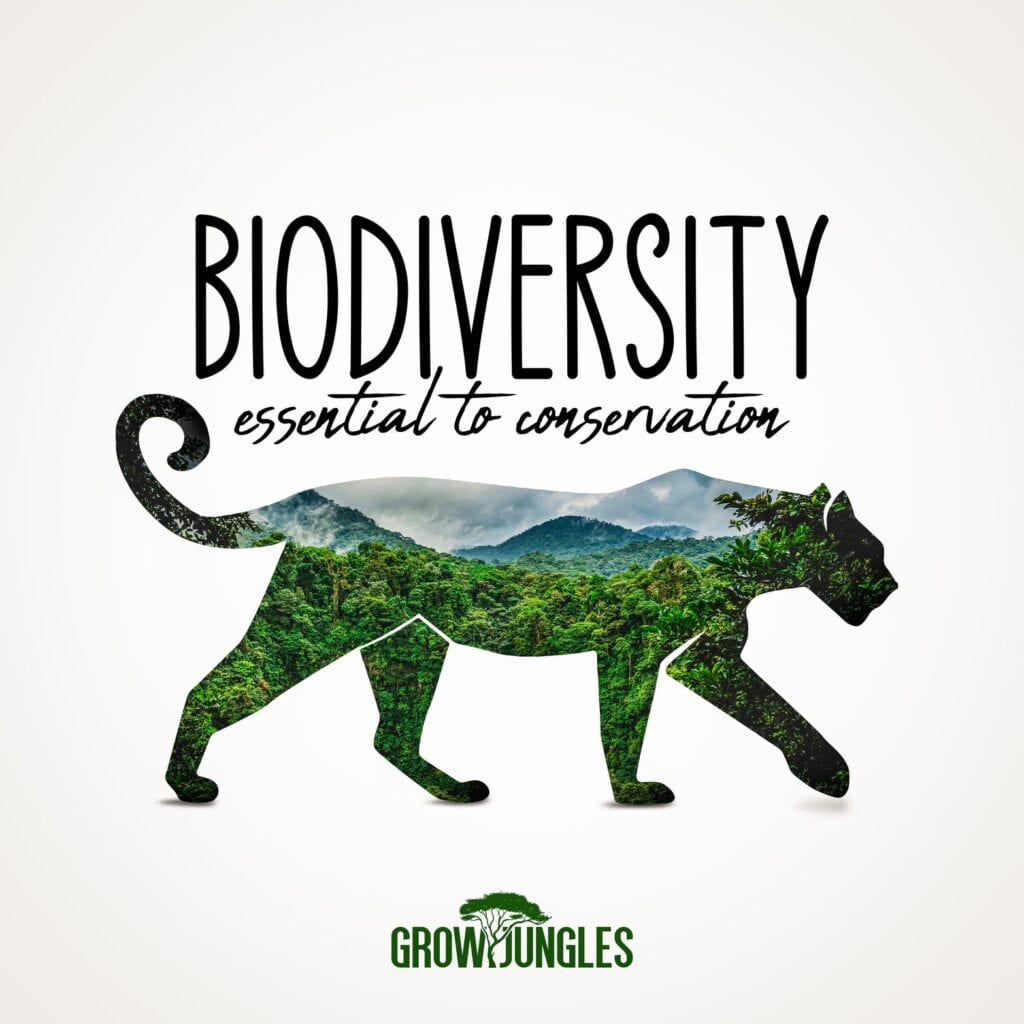
Rainforests are found on every continent except Antarctica. The four critical layers in which they are made up include: Emergent Trees 200 feet (60meters) Grow far apart and tall. Branches reaching above the canopy. Upper canopy A deep layer of vegetation roughly 20 feet (6 meters) thick. Houses most of the rainforest’s animal species and […]
Playing Your Part In The Preservation Of The Jaguar In Costa Rica

Have you ever seen a jaguar in the wild? If you have, then you are one of the privileged few, because a wild jaguar sighting is an extremely elusive event. The jaguar (Panthera onca) is an exquisitely camouflaged master of stealth that will go to great lengths to avoid any contact with humans. Jaguar encounters […]
Freedom to Roam Wild
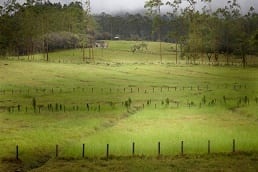
Freedom to Roam – is the general public’s right to access certain public or privately owned land, lakes, and rivers for recreation and exercise. The right is sometimes called the right of public access to the wilderness or the “right to roam“. Living organisms and ecosystems are essential for a healthy and productive human life. […]
